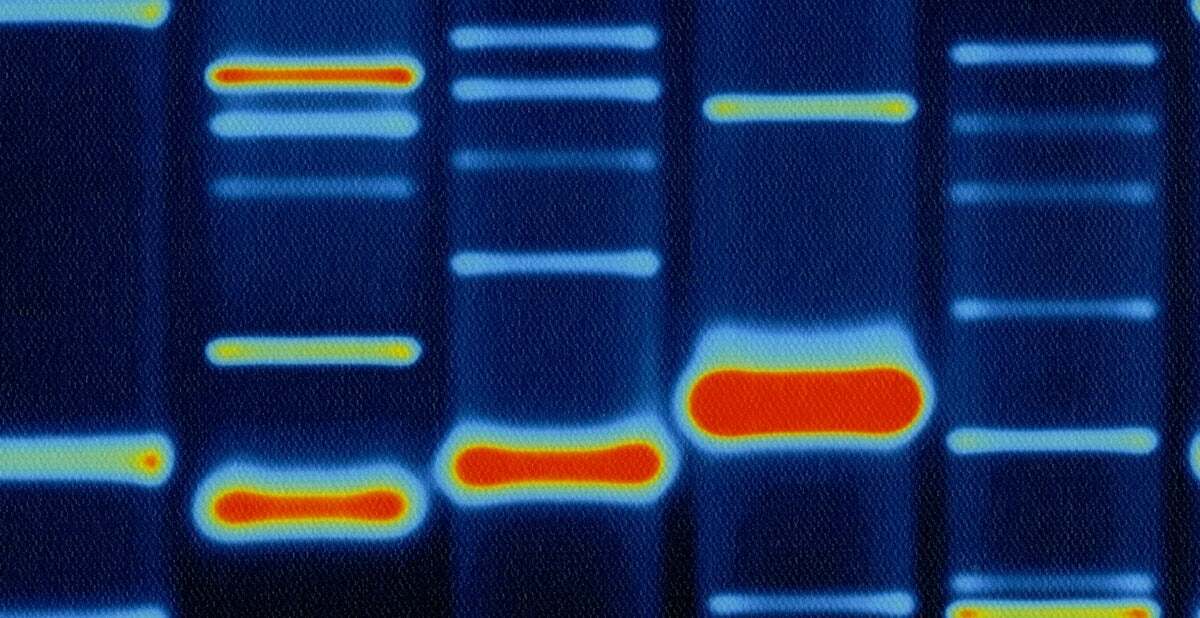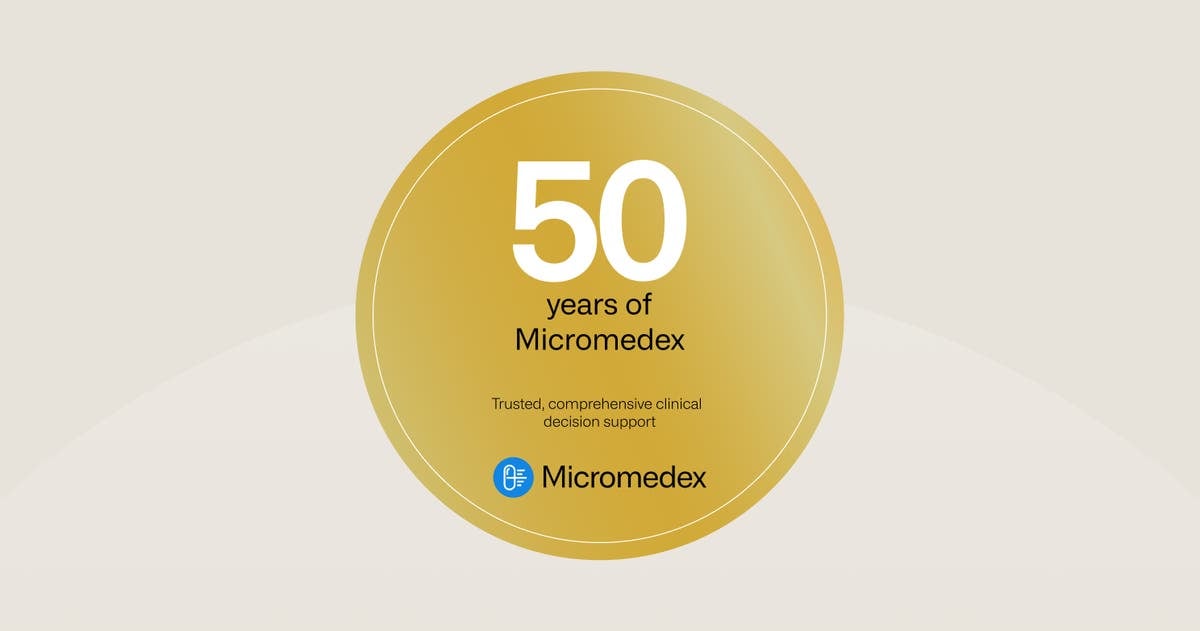Can gene therapy forge a better future for rare diseases? A perspective on rare disease day

In recognition of Rare Disease Day, let’s put a spotlight on the transformative potential of gene therapy in clinical practice, and the critical role of accurate information in empowering clinicians to advance health equity for these unique patient populations.
The uncommon commonality of rare diseases
While each rare disease may affect a relatively small population – fewer than 1 in 2,000 individuals1 – the collective impact is profound. Over 7,0001 distinct rare diseases impact more than 300 million people globally2, and new conditions are continually being identified as research advances. With 80% of rare diseases rooted in genetics3 and 95% lacking an FDA approved treatment4, the pursuit of equitable access to diagnosis, care, and treatment is more crucial than ever.
The dawn of gene therapy: a beacon of hope
After decades of research, gene therapy offers tremendous hope for rare diseases, and the treatment is becoming a reality in clinical practice. The FDA has approved a number of gene therapies, including 7 in 20235, and many more are in clinical trial stage, building further future promise. Gene therapy treatment works by altering the genetic code to recover the functions of critical proteins.
Advancements in neuromuscular disease treatment
Neuromuscular diseases (NMDs) have seen significant therapeutic advancements, including two FDA-approved gene therapies that each target diseases affecting under 200,000 US individuals6.
These therapies, Onasemnogene abeparvovecxioi (Zolgensma; Novartis) and SRP-9001 minidystrophin (Elevidys; Sarepta Therapeutics), exemplify the progress in NMD treatment. The former was approved to treat children younger than 2 years with a confirmed diagnosis of spinal muscular atrophy (SMA)6, and the latter received accelerated approval to treat ambulatory children aged 4 to 5 years with Duchenne muscular dystrophy (DMD)7. As we celebrate Rare Disease Day 2024, there are currently a number of clinical trials for NMD gene therapy that are active or recruiting, demonstrating encouraging progress for the development and advancement of gene therapies in the NMD space.
Navigating the challenges of cost
The path to developing treatments for rare diseases is fraught with financial challenges. The high upfront costs of gene therapy, coupled with the limited patient population for each disease, complicate the sustainability of such treatments.
There is still work to be done to reduce these burdens and improve treatment access, but there are government policies that are stimulating research and development of new therapies, as well as access to medicines. The Orphan Drug Act in the US helps incentivize gene therapy development, and in the UK, the Early Access to Medicines Scheme (EAMS) has benefitted rare diseases patients living with Duchenne muscular dystrophy for earlier access to life-changing treatments.
Empowering clinicians with knowledge and tools
At the recent 2024 Fair Pricing Forum, the World Health Organization put a spotlight on recent advances for rare disease treatment, but also highlighted the ongoing need for infrastructure investment and the need to better prepare health systems with the significant skills required.
Medical expertise for each rare disease is a scarce resource, so education and access to comprehensive clinical resources are indispensable. The UK Framework for Rare Disease emphasizes the importance of raising awareness among healthcare professionals, fostering an environment where rare diseases are considered and accurately diagnosed.
The role of DynaMedex in enhancing clinical practice
DynaMedex emerges as an invaluable tool in this landscape, offering evidence-based clinical decision support that bridges the gap between rare disease knowledge and practical application. By equipping healthcare teams with the latest research, treatment guidelines, and clinical evidence, DynaMedex enables informed decision-making and enhances patient care in the complex field of rare diseases.
Discover how DynaMedex can transform patient care by providing tailored support across various clinical roles. The platform ensures that clinicians have access to the vital information necessary to navigate the intricacies of rare disease treatment confidently.
In conclusion, as gene therapy continues to evolve and become an integral part of treatment for rare diseases, the importance of reliable, comprehensive clinical resources has never been more apparent. DynaMedex and Micromedex stand at the forefront of this important moment, empowering healthcare professionals to make strides toward a future where every rare disease patient has the opportunity for health equity and quality care.
References
- https://www.gov.uk/government/publications/uk-rare-diseases-framework/the-uk-rare-diseases-framework
- https://www.rarediseasesinternational.org/new-scientific-paper-confirms-300-million-people-living-with-a-rare-disease-worldwide/
- https://health.ec.europa.eu/european-reference-networks/rare-diseases_en
- https://www.mckinsey.com/industries/life-sciences/our-insights/how-to-successfully-launch-a-rare-disease-drug-in-a-patient-centric-world
- https://www.mirusbio.com/fda-approved-gene-cell-therapies/
- https://www.pharmacytimes.com/view/gene-therapies-hold-promise-for-neuromuscular-and-other-rare-diseases
- https://www.dynamedex.com/condition/spinal-muscular-atrophy-sma#GENE_THERAPY
- https://www.dynamedex.com/condition/duchenne-and-becker-muscular-dystrophies#GUID-3DADA513-203B-4F7F-A933-004B5485EA68
Related Articles

Advance rare diseases research with closed claims real-world data
MarketScan real-world data has been used to assess illness burden of rare diseases,...
By Liisa Palmer | 8 min. read

4 ways the vaccine rush is defining infectious disease trends for CROs in 2024
This piece originally appeared on Pharmaceutical Technology. The global healthcare...
By Jennifer Duff | 5 min. read

50 years of Micromedex – a celebration of our history
Since the mid 1970s, Micromedex has been a pioneer in evidence-based clinical...
By Merative | 7 min. read
Ready for a consultation?
Our team is ready to answer your questions. Let's make smarter health ecosystems, together.
